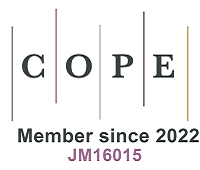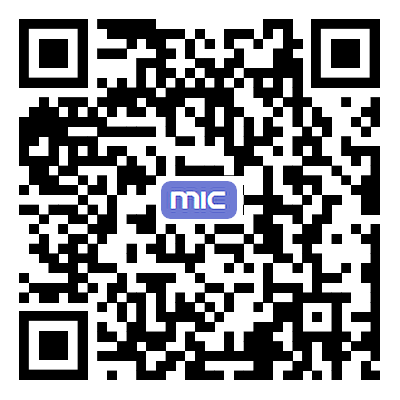Research Article | Open Access
Phase-field simulation of electrocaloric effect in textured Ba0.8Sr0.2TiO3 polycrystalline ceramics
Views: 23
Microstructures 0;5:[Accepted].
Author Information
Article Notes
Cite This Article
Abstract
Textured ceramics exhibit a reduced coercive field, and when aligned in the same direction as the spontaneous polarization, they enhance the adiabatic temperature change (∆T) of the material. In this paper, we employ a polycrystalline phase-field model to analyze the solid solution Ba0.8Sr0.2TiO3 (BST80) with a <001> orientation, alongside randomly oriented polycrystals, aiming to investigate the influence of texturing on the electrocaloric effect (ECE) performance. We examine six distinct groups characterized by varying grain orientation angles for the randomly oriented polycrystals for hysteresis loop calculations. Utilizing Maxwell's relations, we compute the ECE for the randomly oriented BST80 polycrystal and the <001>-textured BST80 polycrystal across different electric field strengths. The findings indicate that the ∆T achieved with the <001>-textured BST80 polycrystal surpasses that of the randomly oriented BST80 polycrystal. Furthermore, the temperature at which the maximum ∆T occurs for the <001>-textured BST80 polycrystal is observed to be shifted to higher values compared to the randomly oriented variant. The observed enhancement of ECE in BST80 polycrystalline ceramics due to texturing offers valuable insights and foundational knowledge for future theoretical and experimental investigations.
Keywords
Electrocaloric effect, polycrystalline ceramics, texture enhancement, solid solution BaxSr(1-x)TiO3, phase-field method
Cite This Article
Shao C, Huang H. Phase-field simulation of electrocaloric effect in textured Ba0.8Sr0.2TiO3 polycrystalline ceramics. Microstructures 2025;0:[Accept]. http://dx.doi.org/10.20517/microstructures.2024.205
Copyright
© The Author(s) 2025. Open Access This article is licensed under a Creative Commons Attribution 4.0 International License (https://creativecommons.org/licenses/by/4.0/), which permits unrestricted use, sharing, adaptation, distribution and reproduction in any medium or format, for any purpose, even commercially, as long as you give appropriate credit to the original author(s) and the source, provide a link to the Creative Commons license, and indicate if changes were made.













